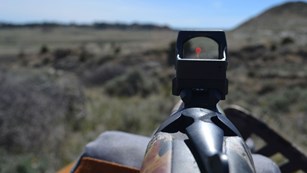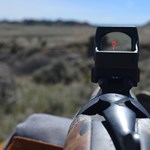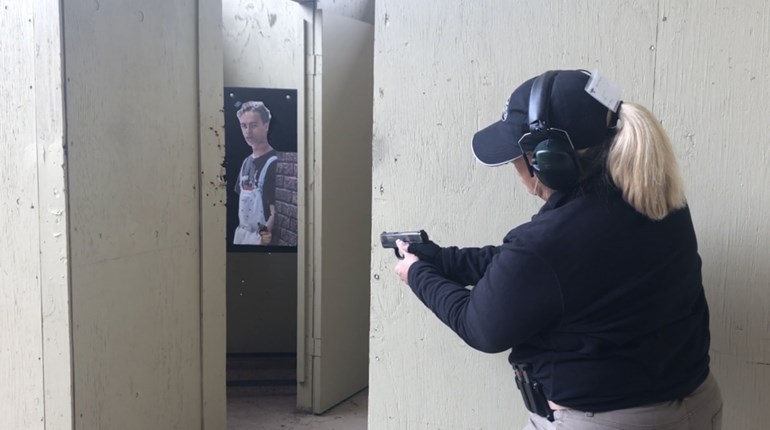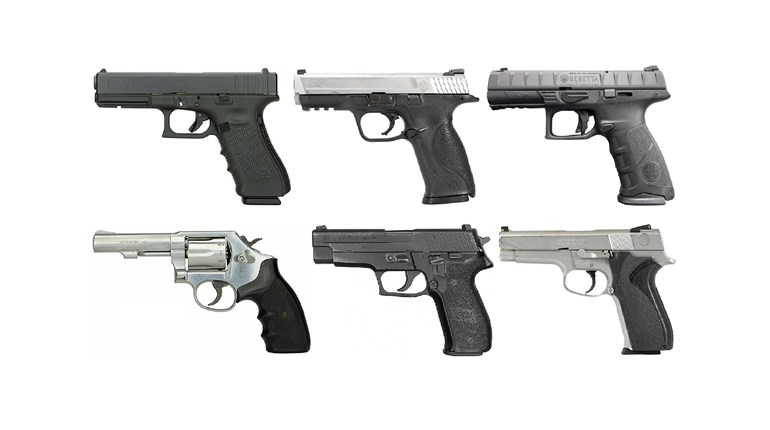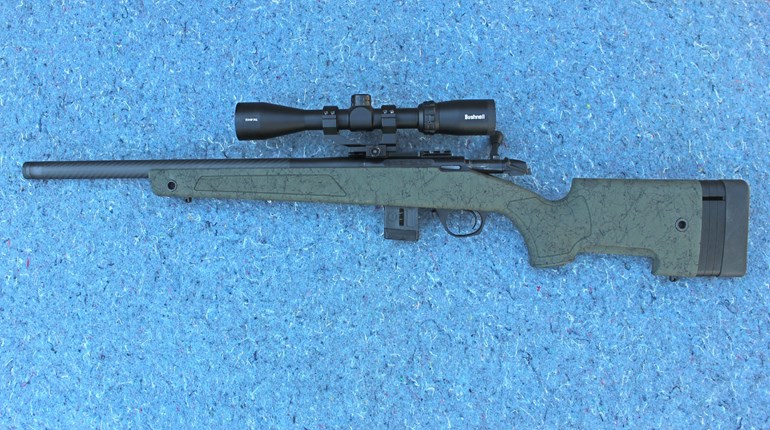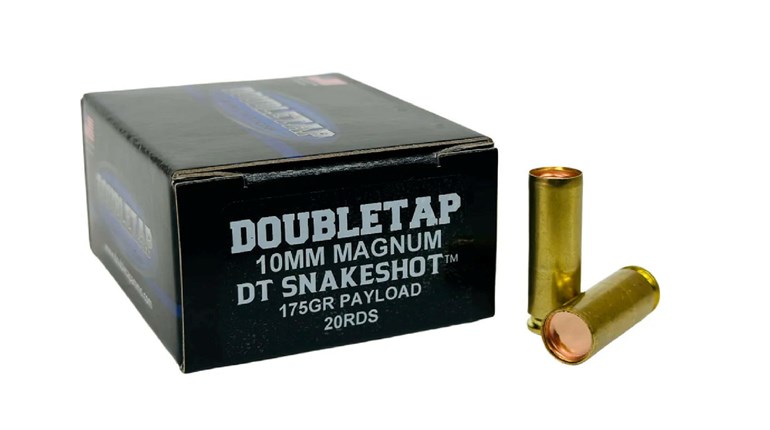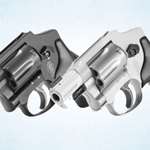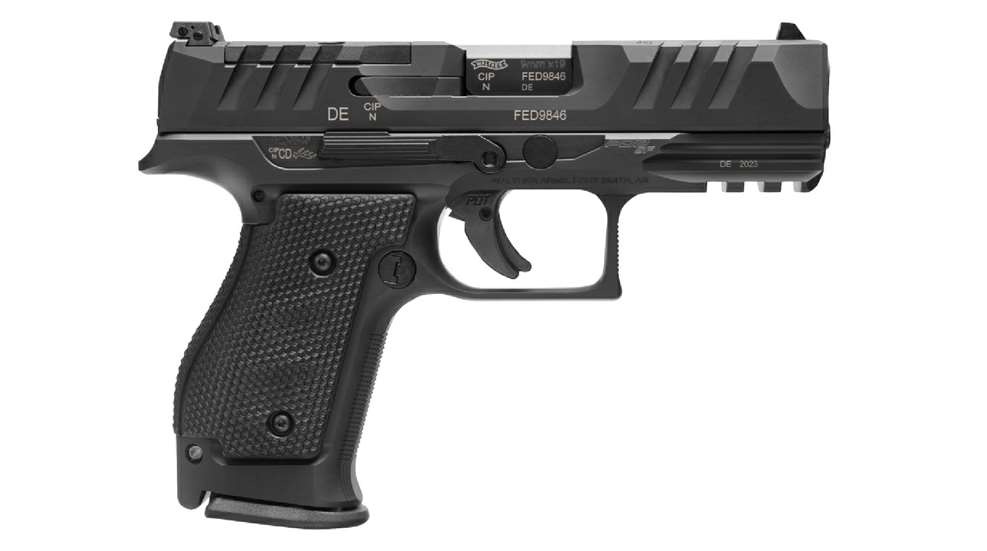
An article idea that I've kicked around for some time is a discussion of where steel-framed competition pistols could fit into a self-defense plan. The model that inspired this line of thinking was a Walther race gun I had the opportunity to work with back in 2019 called the Q5 Match. After working with two examples of this gun, one with a steel frame and the other assembled around a polymer frame, I opted to add the steel version to my collection. A steel frame adds weight to the gun which in turn provides increased stability and works to effectively tame levels of felt recoil. This can contribute to down-range accuracy which makes for more enjoyable practice sessions. This is especially true for 9 mm pistols which have more moderate levels of recoil to begin with.

Walther has a long history of manufacturing high-quality competition and defensive-style pistols.
But dedicated race guns can have features that may not be ideal for some defensive applications. The Q5 Match has a nicely tuned trigger, adjustable sights and an optics-ready slide. These are competition features that have become standard options for defensive handguns as well. So those are certainly a plus. But like other steel racers, it's relatively large with an extended barrel and slide assembly which makes this steel gun even weightier. The magazine well extension may or may not be a good fit, depending on your hand shape and preferences. As for the sighting system, the rear sight is set into the optics cutout filler plate which is removed to install an optic. This allows you to use either the iron sights or an optic, but not both.

The Walther Q5 Match (left) compared to the PDP SC.
I've thought at times that it would be great to see a steel-framed 9 mm pistol inspired by the Q5 Match's race gun features but in a handy, compact-size configuration with more of a defensive pistol twist. Apparently I'm not the only person who wanted a gun like this because Walther offers it as part of their Performance Duty Pistol (PDP) series.
Essentially what the company did was take their extensive understanding of both competition and defensive pistol features and roll them together into this lineup of semi-automatics. Walther has been offering their dedicated competition pistols with a choice of steel or polymer frames for several years. The company opted to continue this practice of two frame material options for their PDPs along with a selection of barrel lengths and grip sizes. As of this writing, there are more than a dozen configurations to choose from, not including the various color options.

Among them is the 9 mm PDP SC, with the S indicating a steel frame and a C for the Compact size including a 4" barrel and a grip sized for 15-round double-stack magazines. In other words, a pistol that I hoped for but thought I might not ever see in production. Here's what the PDP SC has to offer along with how it performed at the shooting range.

This pistol ships optics-ready but the mounting hardware is sold separately.
Shown here side-by-side with the steel-framed Q5 Match, the double-action-only, striker-fired PDP semi-automatic's race gun heritage is evident. But some notable changes have been made. The PDP slide is squared off instead of having a rounded shape like its PPQ inspired predecessors. This gives more pronounced edges to the wide, deeply cut slide serrations at the front and rear for plenty of purchase. Other artfully placed bevels give this pistol's slide sleek geometric styling which manages to be both subtle and eye-catching.

This pistol’s controls include an extended ambidextrous slide stop lever, PDT trigger and an oversized reversible magazine release button.
The sight system includes a polymer post white dot up front and a dovetailed adjustable polymer dual white dot sight at the rear. The slide ships optics ready with a relatively deep 0.25" slide cutout which arrives with a polymer filler plate installed. Note that the rear sight is set directly into the slide instead of the filler plate like some competition models. This allows the sights to remain in place and to be co-witnessed with some micro red dot optics models.
Some optics-ready Walther pistols arrive with mounting plates and hardware in the case. But the PDP is one of those models that does not. Once you've identified the brand and model of optic you want to use, the plates can be purchased separately for $39.99 through waltherarms.com.

Fine line checkering is cut into the front of the grip frame and trigger guard finger rest for added purchase.
The 4" barrel fits flush to the slide and features a witness hole in the top of the chamber. Removing the slide from the frame reveals a full-length steel guide rod supporting a single flat-wire recoil spring. This is a duty-grade recoil spring which means it requires a typical level of hand strength in order to cycle the slide manually.

Like other modern Walther pistols, the PDP is easily disassembled for routine cleaning.
The steel frame's dust cover features a milled-in 1.25" accessory rail. The generously sized, square profile trigger guard features a checkered finger rest at the front while being undercut and beveled where it meets the grip frame. The other external controls include a left-side takedown lever (just above the trigger) an extended ambidextrous slide stop lever and a generously sized checkered steel magazine release button which is reversible for right or left-handed operation.

The added weight of the PDP’s steel frame tames felt recoil in and out of a bench rest.
This model ships with Walther's Performance Duty Trigger (PDT). It's made of polymer, instead of aluminum like the competition triggers, and features the now ubiquitous integral blade safety. Striker-fired pistol triggers are a mixed lot these days with some factory options exhibiting a mushy, indistinctive feel. The PDT is definitely a step up from the crowd. The trigger pull weighed in at 4 lbs. 4 oz. with a clean take-up, a distinctive stop before the break and a short reset.

This pistol proved to be utterly reliable with all magazines and ammunition tested.
The compact-size grip frame sports a beaver tail extension which is shorter and more rounded than the competition models. The grip's front strap is neatly checkered with the other three sides of the grip frame covered by an effectively textured one-piece polymer grip panel secured by four screws. Although this grip configuration does not have interchangeable back straps, like the polymer-framed models, it proved to be a great fit for my somewhat smaller hands. I especially appreciate the texturing on all four sides which is effective without being unnecessarily abrasive when shooting with bare hands. And for those who need it, there is a lanyard loop at the base of the grip just behind the magazine well.

The PDP SC printed a best 5-shot group of 1.56” using the Winchester USA Ready load.
The PDP is one of those guns that just exudes quality from stem to stern. The workmanship is top shelf inside and out with an exceptionally smooth and tight slide-to-frame fit. It weighs in at 38.5 oz. with an empty magazine. By comparison, similarly sized polymer compacts chambered in 9 mm tip the scales at around 23 to 26 oz. But the 4" barrel gives this pistol quick handling since most of the weight is back near the shooting hand. When shooting off the bench, this pistol’s added weight keeps recoil levels tame even when shooting +P ammunition. This model arrives with a total of three blued steel 15-round magazines. But since it takes the same magazines as the Q5, I included two more from that pistol for testing. All of them proved to be utterly reliable.
Formal benchrested accuracy testing was conducted at 15 yards using the iron sights. Five 5-shot groups were fired using ammunition from SIG Sauer and Winchester with a Garmin Xero C1 pro on hand to measure bullet velocities for 10 shots fired. Here are the results:

The Walther PDP SC proved to be what I was hoping for. Its race gun bones fleshed out with self-defense pistol features make this a flexible, multi-purpose 9 mm pistol that is enjoyable to use. Steel frame pistols can cost more, and this one does. It's currently listed with a suggested retail price of $1,699. However, this is a pistol you buy just once and enjoy for a lifetime because it's built to last. If you like the features but would prefer less weight and a lower price, a 4" PDP is available with a polymer frame for $649. For more information, visit waltherarms.com.









